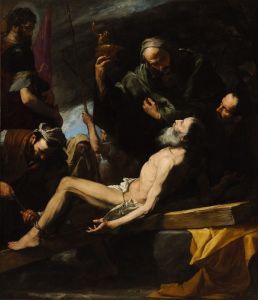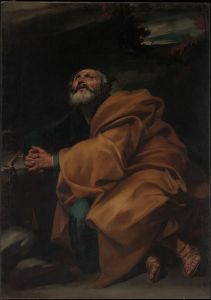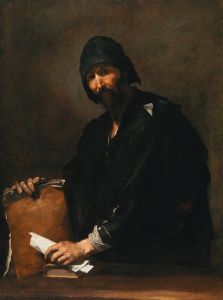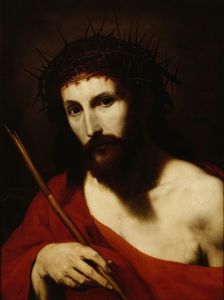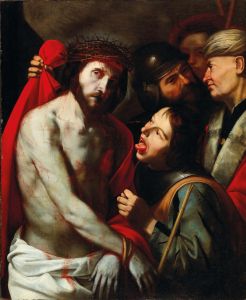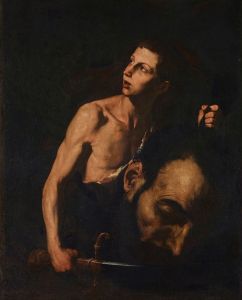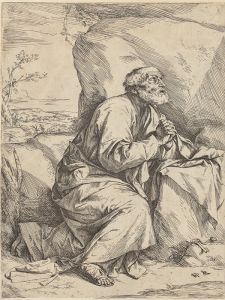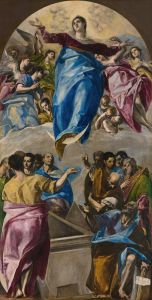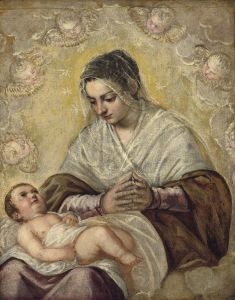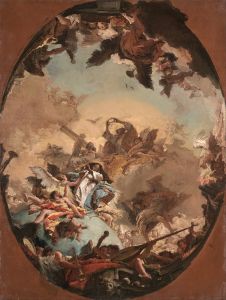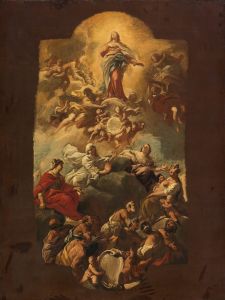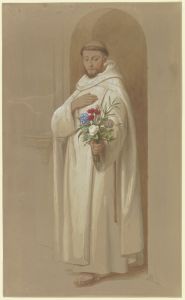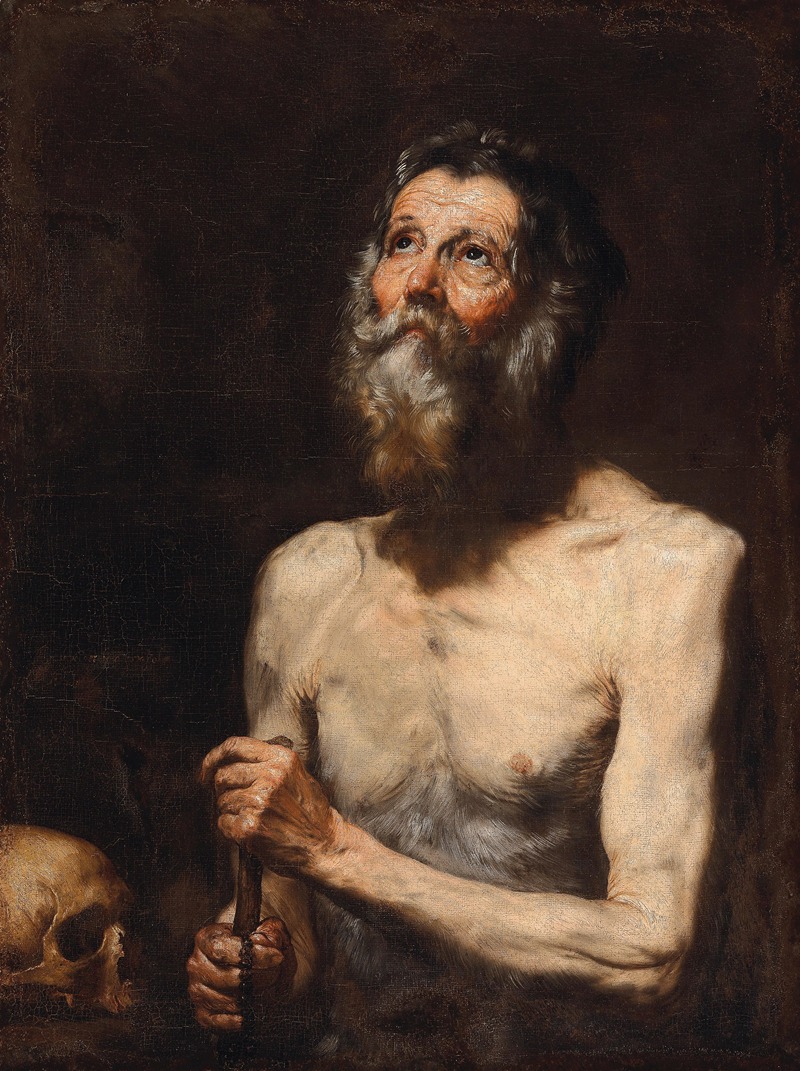
Saint Onuphrius
A hand-painted replica of Jusepe de Ribera’s masterpiece Saint Onuphrius, meticulously crafted by professional artists to capture the true essence of the original. Each piece is created with museum-quality canvas and rare mineral pigments, carefully painted by experienced artists with delicate brushstrokes and rich, layered colors to perfectly recreate the texture of the original artwork. Unlike machine-printed reproductions, this hand-painted version brings the painting to life, infused with the artist’s emotions and skill in every stroke. Whether for personal collection or home decoration, it instantly elevates the artistic atmosphere of any space.
"Saint Onuphrius" is a painting by the Spanish artist Jusepe de Ribera, created in 1637. Ribera, known for his dramatic realism and tenebrism, was a prominent figure in the Spanish Baroque movement, although he spent much of his career in Italy, particularly in Naples. His works often depict religious themes, characterized by their intense emotional expression and meticulous attention to detail.
The painting portrays Saint Onuphrius, an early Christian hermit who lived in the Egyptian desert during the 4th century. Onuphrius is venerated in both the Eastern Orthodox and Roman Catholic traditions as a model of asceticism and piety. According to legend, he spent over 60 years in the desert, living a life of solitude and prayer, sustained by divine providence.
In Ribera's depiction, Saint Onuphrius is presented as an aged, emaciated figure, embodying the hardships of his ascetic life. The saint is shown with a long, flowing beard and hair, which, according to tradition, grew to cover his nakedness. He is often depicted in a state of deep contemplation or prayer, emphasizing his spiritual devotion and connection to the divine.
Ribera's use of tenebrism is evident in the painting, with stark contrasts between light and shadow creating a dramatic effect. This technique highlights the saint's gaunt features and the rough texture of his skin, underscoring the physical toll of his ascetic lifestyle. The background is typically dark and undefined, drawing the viewer's focus to the figure of Saint Onuphrius and enhancing the sense of isolation and introspection.
The painting is notable for its realism and the psychological depth with which Ribera imbues his subject. The artist's skillful rendering of anatomy and texture, combined with his ability to convey emotion, makes "Saint Onuphrius" a powerful representation of religious devotion and human endurance. Ribera's work reflects the Baroque fascination with the interplay of light and shadow, as well as the era's interest in exploring the extremes of human experience.
"Saint Onuphrius" is housed in the Museu Nacional d'Art de Catalunya in Barcelona, Spain. The painting is part of a larger collection of Ribera's works, which are celebrated for their technical mastery and emotional intensity. Ribera's influence extended beyond his lifetime, impacting both Spanish and Italian art, and his works continue to be studied for their contribution to the Baroque style.
In summary, Jusepe de Ribera's "Saint Onuphrius" is a quintessential example of Baroque art, capturing the spiritual fervor and physical austerity of its subject through masterful use of light, shadow, and realistic detail. The painting remains an important piece within Ribera's oeuvre and a testament to his skill as a painter of religious themes.





